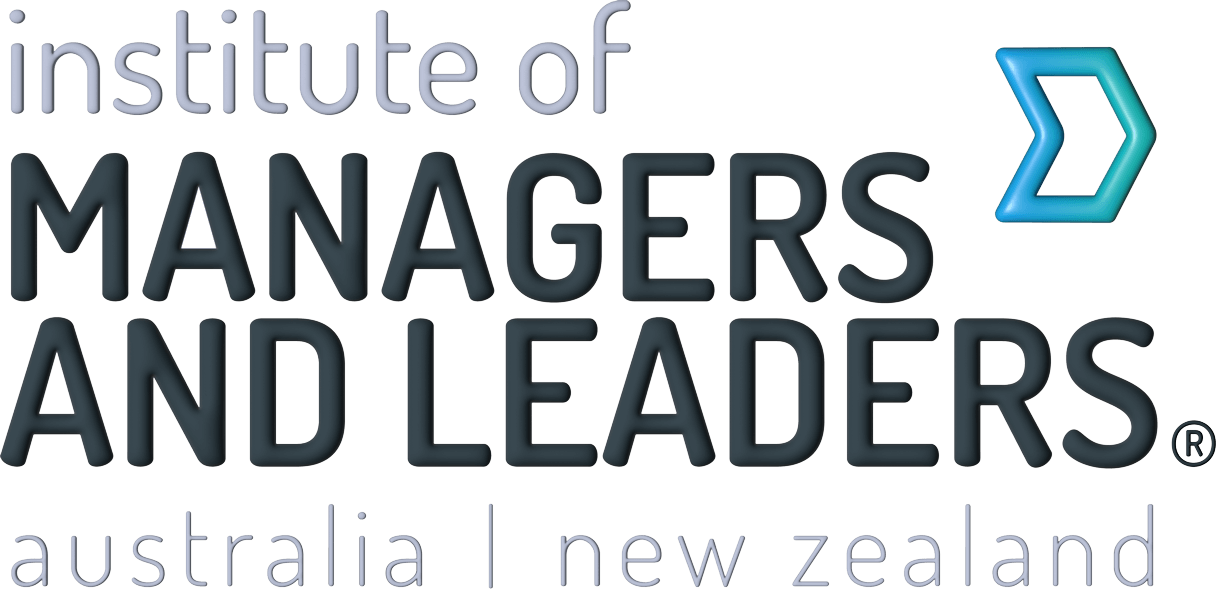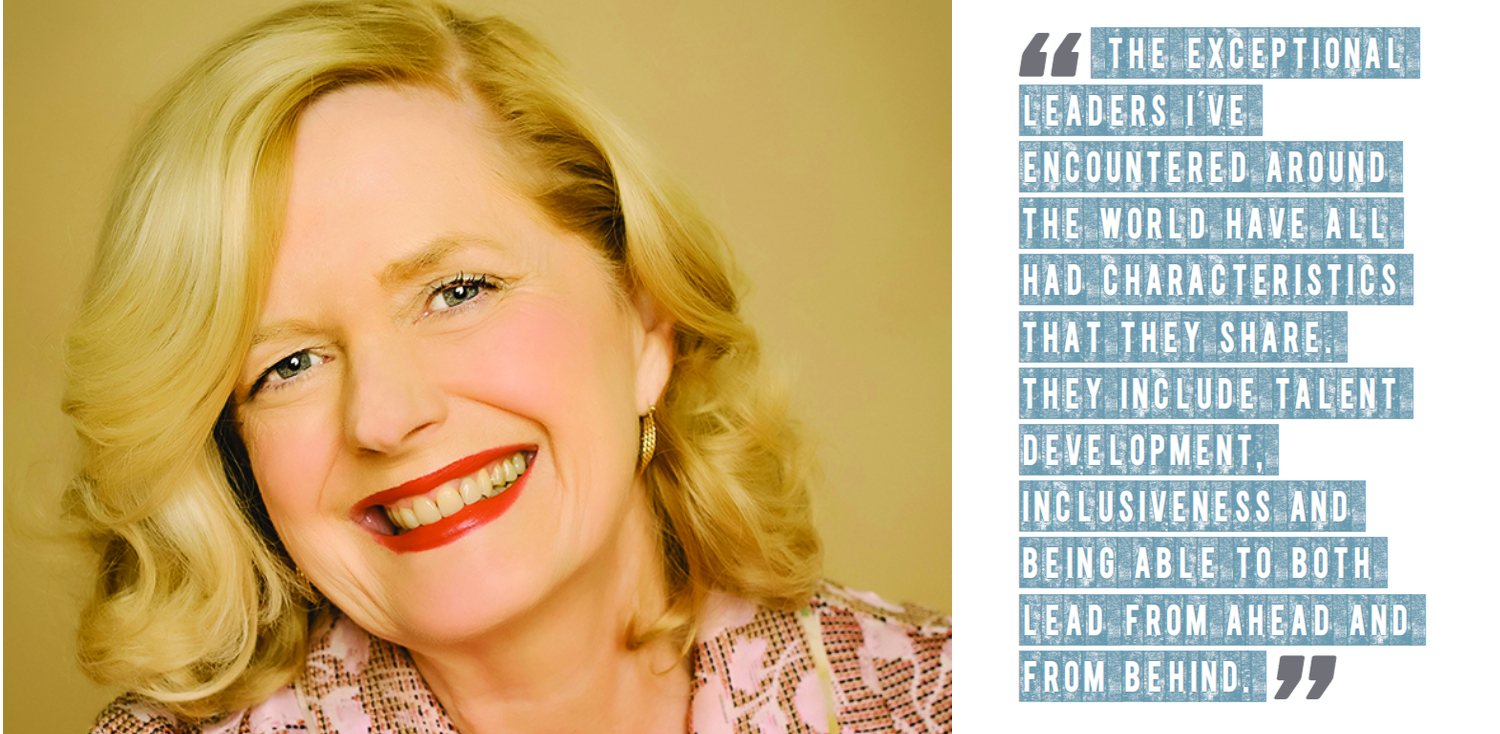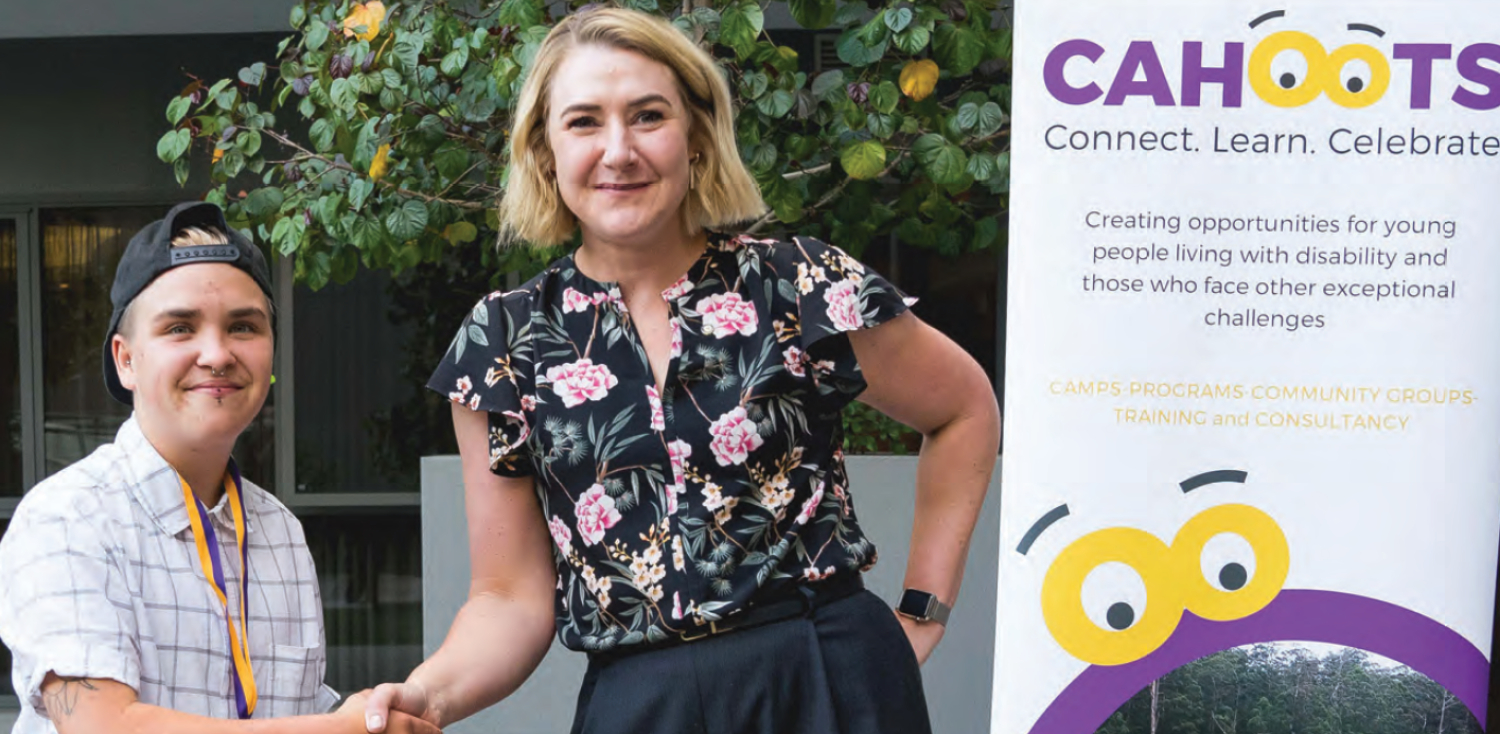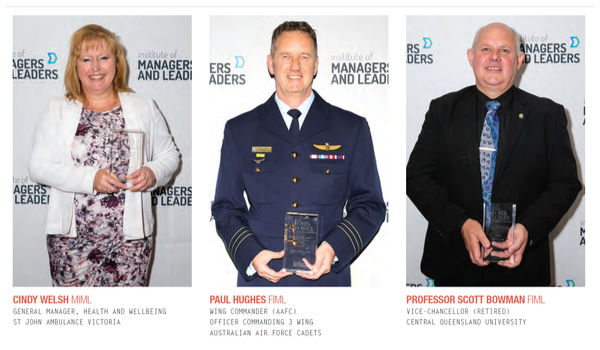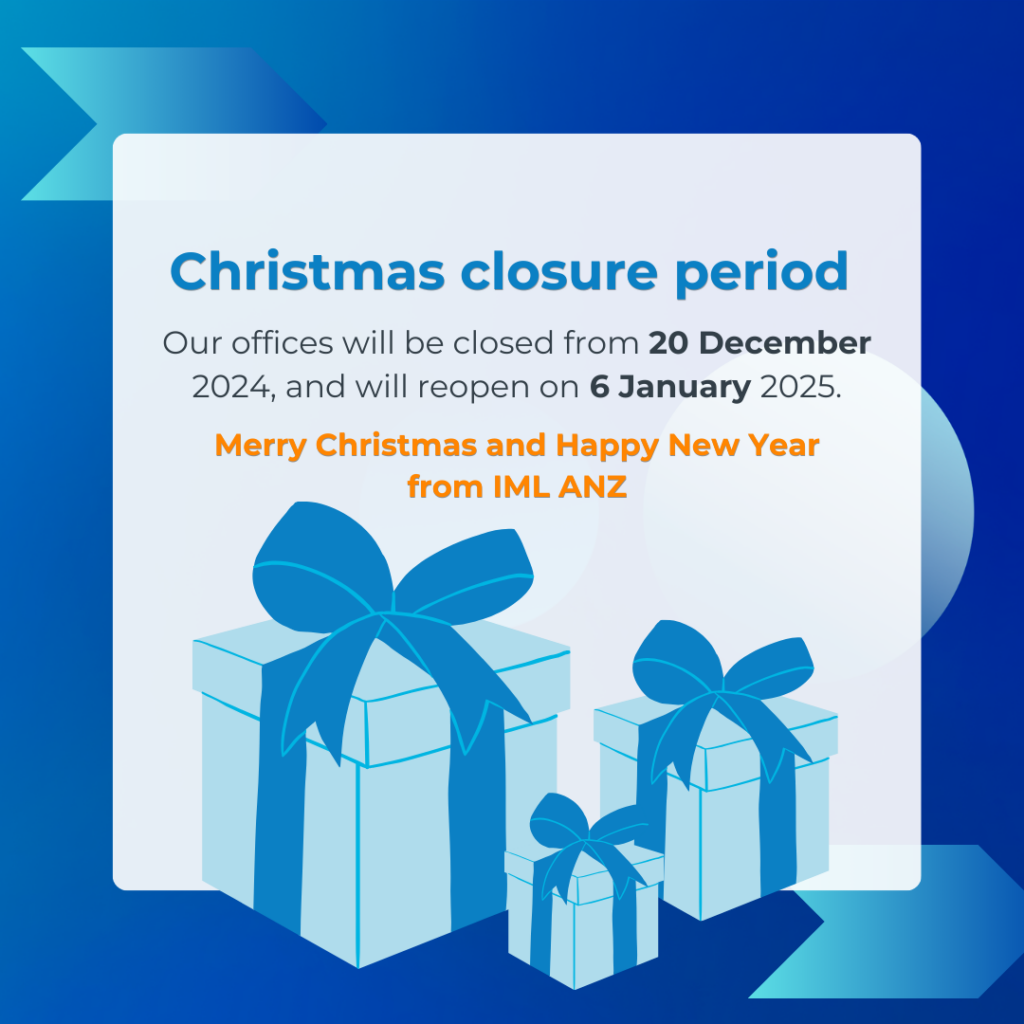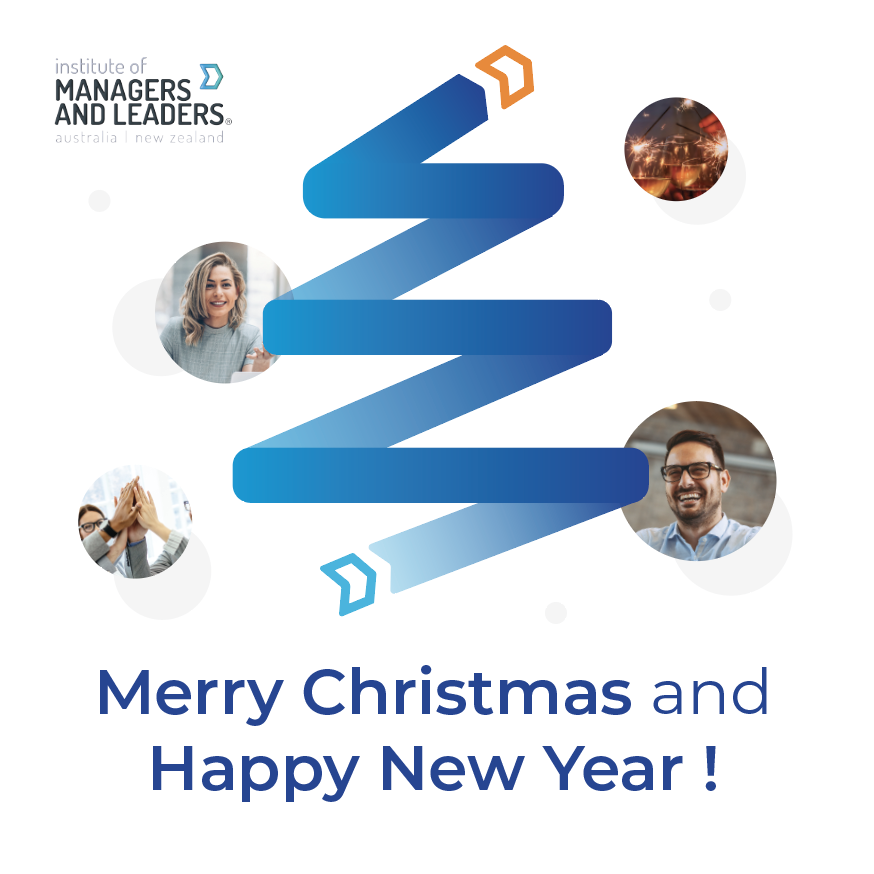Photo by Sabrina Hyde
Now based in her adopted home of Wellington, Jane Diplock AO FIML is a professional director of some renown. The Australian has chaired and been a member of many boards and committees in the public, private and not-for-profit sectors.
As a leader, Diplock’s influence extends far beyond the shores of New Zealand. She is currently Chair of the Regulatory Committee of the Abu Dhabi Global Market, a director of the Singapore Exchange, a director of Australian Financial Services Group, a member of the Public Interest Oversight Board, a member of the International Advisory Committee to the China Securities Regulatory Commission and a member of the International Advisory Board to the Securities and Exchange Board of India.
As if all that weren’t enough, she has also previously chaired the Executive Committee of International Organisation of Securities Commissions and chaired the New Zealand Securities Commission, following an executive career in banking and public service. She was awarded the honour of Officer of the Order of Australia in 2003. Diplock recently found time in her hectic schedule to pause and reflect on management and leadership with IML ANZ chief executive David Pich CMgr FIML.
DAVID PICH: You’ve worked closely with senior business leaders in several countries including Australia, New Zealand, the UK, Spain, the United Arab Emirates (UAE), Singapore, China and India. Do leadership styles vary in these different nations?
JANE DIPLOCK: Actually, I think the globalisation of business has given many countries a shared understanding of leadership norms. The exceptional leaders I’ve encountered around the world have all had characteristics that they share. They include talent development, inclusiveness and being able to both lead from ahead and from behind. In other words, in some instances being able to inspire people who work with them and, in other instances, being able to encourage and mentor the people who work with them.
DP: I’m glad you said that because the ability of a leader to inspire people is often overlooked. You’ve been a director and committee member of the Singapore Exchange, the SGX. Singapore is often lauded as a hot spot for innovation. What do you think Australia and New Zealand leaders can learn from places like Singapore?
JD: When I look around the Singapore Exchange, we have board members and staff who come from other countries as well as from Singapore. But the culture there is one of high professionalism and, as you say, entrepreneurship – there’s a great capacity to think outside of the box. I think that those qualities are very important in the business model of Singapore’s Exchange.
But I would be reluctant to somehow say that one nation should be the teacher and another the student. There are plenty of different approaches to innovation out there. Some of those different approaches have to do with culture and history and context. One is not necessarily better than the other.
I often meet New Zealanders and Australians in leadership positions in Singapore, not to mention the UAE, the UK, and the US. Those people bring their own nation’s entrepreneurial flair to bear on their leadership, and they often do it extraordinarily well.
DP: IML ANZ recently collaborated on research called Match Fit, which concluded that many Australian businesses still aren’t ready and able to do business in Asia. You’ve worked in several nations across Asia. What advice would you have for Australian business leaders?
JD: I’d say: be very careful not to generalise. There are so many countries and regions in Asia with unique histories and unique cultures. Each one provides unique challenges and opportunities too. For example, if you’re dealing with a company based in Western China, you will face different issues to those you might come across with a company in Shanghai. You have to go back to what business model you’re working in and what you are trying to achieve there – then align that with the people in the particular country, region or city you are working in.
DP: You have enjoyed a long and distinguished career. Have you had any mentors along the way who were instrumental in your success?
JD: A number of people have been generous enough to take an interest in my professional career. Early on, I worked in the public service for a truly great public servant, the late Gerald Gleeson AC, who headed up the Premier’s Department of New South Wales. He was very constructively critical and positive about my work and gave me highly professional advice about how to refine my leadership skillset. Later, when I worked at Westpac, there were a number of senior women who I looked up to who role modelled what a successful, modern businesswoman could be.
Role models can be very influential. I worked with Dame Quentin Bryce AD CVO who I think most Australians would agree is a fantastic individual. I looked at her career and the leadership she showed. She was a great role model for me. I also admire NZ Prime Minister Helen Clarke who led the country with great ability and took outstanding female Kiwi leadership to the world when she led the UN Development Programme.
DP: You’ve worked extensively in regulatory roles in the financial sector, and as you know in Australia we’ve just had a royal commission into banking. The report was critical of regulators such as ASIC and APRA, suggesting they weren’t strong enough in dealing with misconduct. What did you make of it?
JD: I’ve been both a banker and a regulator so I have seen it from both sides. Unless you’ve been involved in regulation, it’s hard to appreciate the complexities of regulation. There is a balance to be struck between the punitive side and also trying to guide the right behaviour. That said, the misconduct revealed in the royal commission has been quite shocking and was rightly condemned. The client or customer must always come first in banking and financial services.
DP: The royal commission appeared to say that personal greed was overriding any concerns for the customer. It found that workplace culture was an important contributor to that. Now the banks have to put things right. As a leader, what can one do to change a culture like that?
JD: I’d start with the remuneration policy, because fundamentally if greed is driving out customer consideration, then you start with the greed. So I would focus on the remuneration structure of the bonuses and salary increases. That’s one element.
I think the second element has to be training and the leaders themselves. Because if a person came through a culture for, let’s say, a decade of their career, where the primary motivation was the bottom line – the return for the bank – which is then reflected in their personal remuneration, then it’s very hard to turn that around. There can be a situation where some people have had that culture so ingrained that they find it hard to switch to a more appropriate way of doing business.
DP: Many IML ANZ Members aspire to be board directors in all kinds of sectors and industries. Many moons ago, you made that step from management to board level. What advice do you have for Members seeking to make that same transition?
JD: While in a management role, I recommend getting some exposure to governance in a supportive environment where you can learn from people around the board table. I worked with a number of very senior people in those kinds of roles and I learned an enormous amount about how a board director operates and behaves; including the difference between operational involvement and looking from a more strategic perspective. Watching someone who is a master at that was incredibly helpful for me. The other thing I recommend is to get some formal training. IML ANZ, for instance, does a great job in providing Members with an intellectual framework to operate at a leadership level. I think continuing professional education helps to inform your thinking about what practical approaches you might apply in leadership situations. So I’d encourage Members to seek relevant professional development activities to prepare them for directorships.
This article originally appeared in the June 2019 edition of Leadership Matters, IML ANZ’s quarterly magazine. For editorial suggestions and enquiries, please contact karyl.estrella@managersandleaders.com.au.
